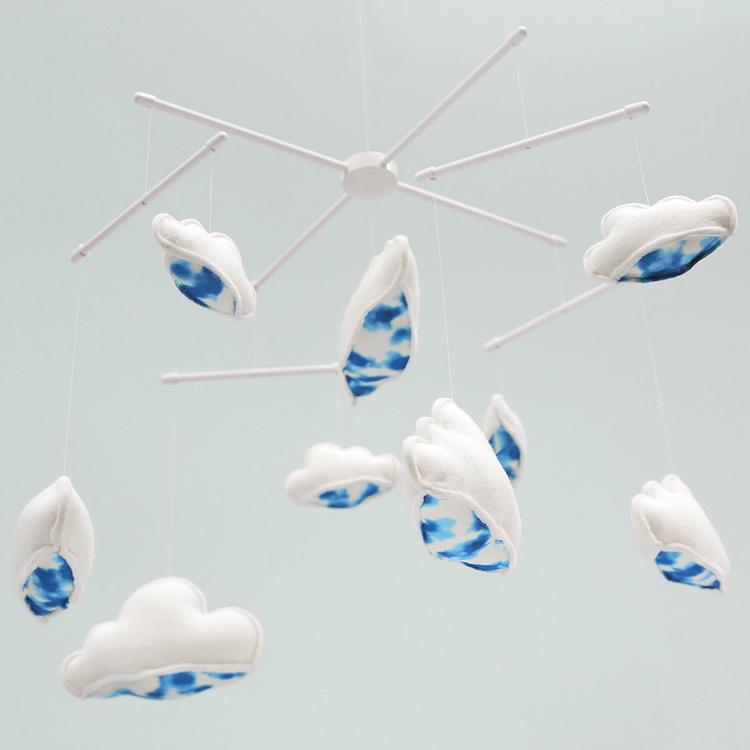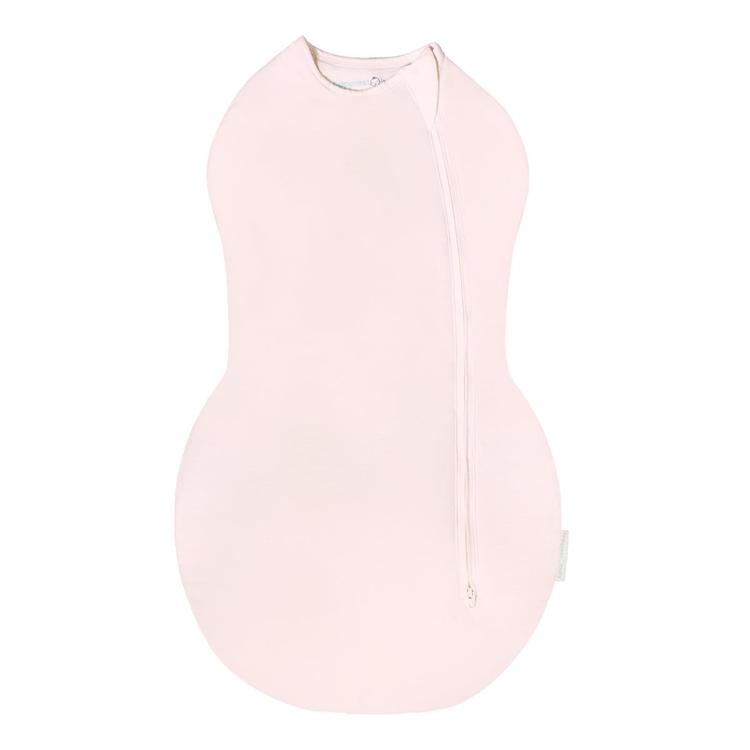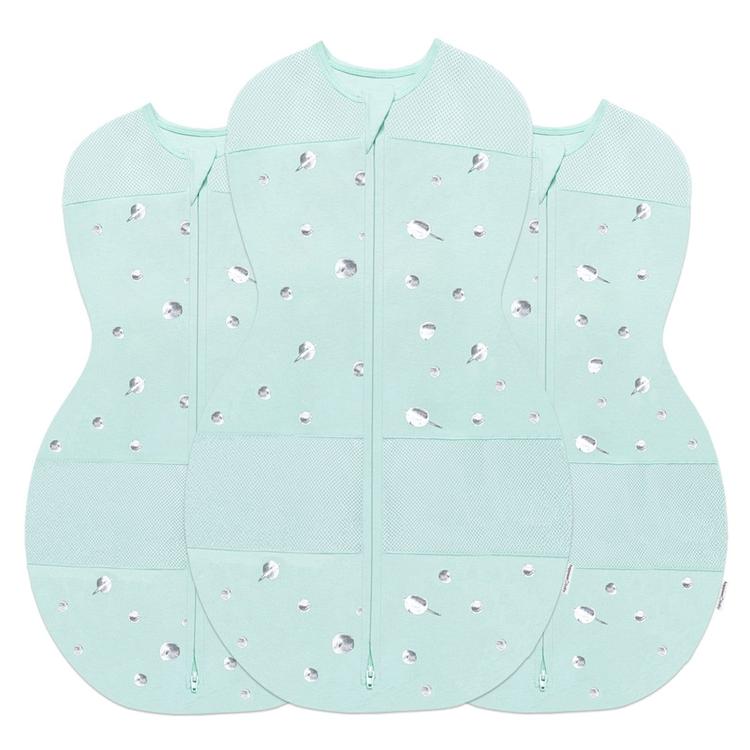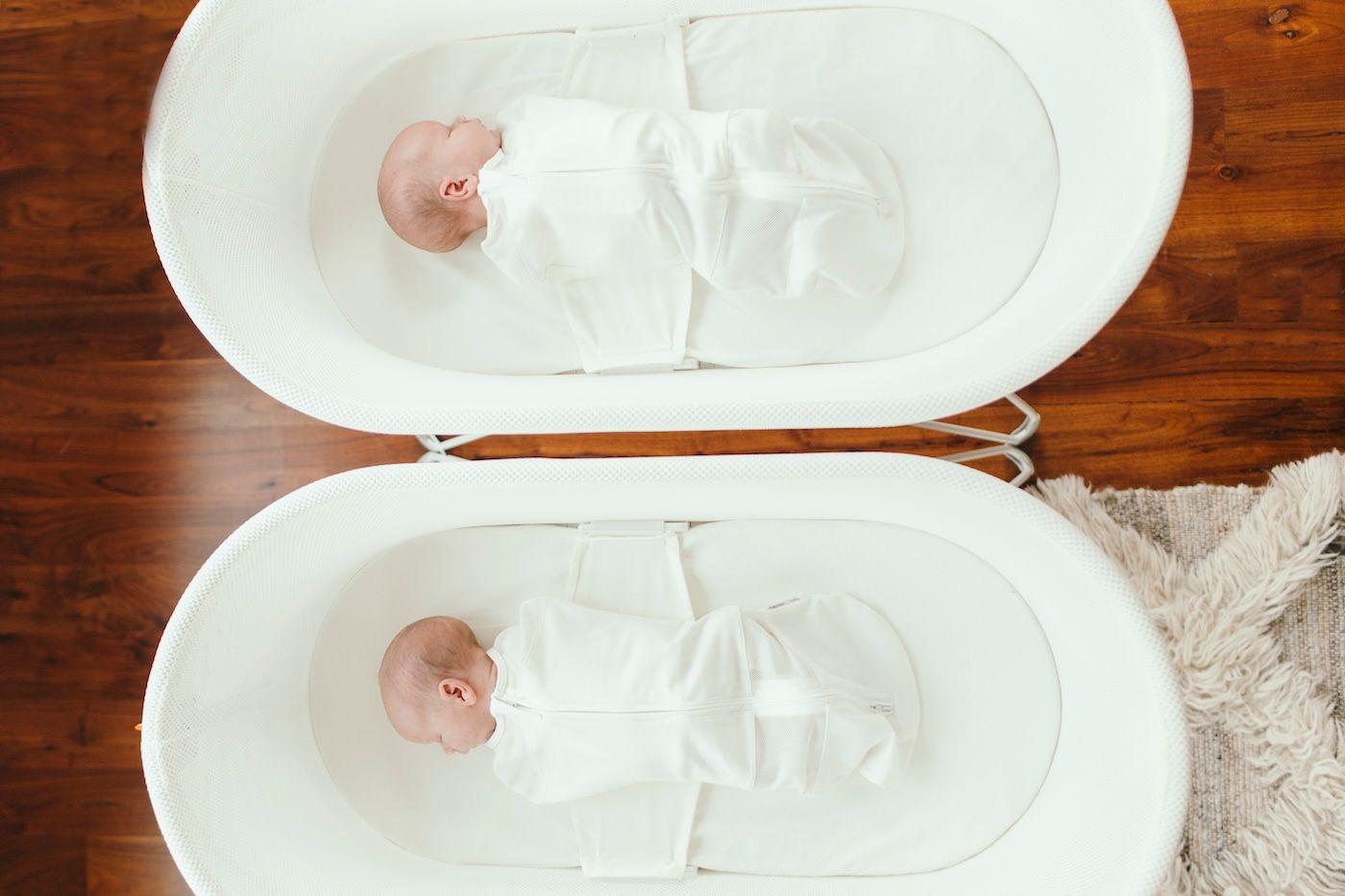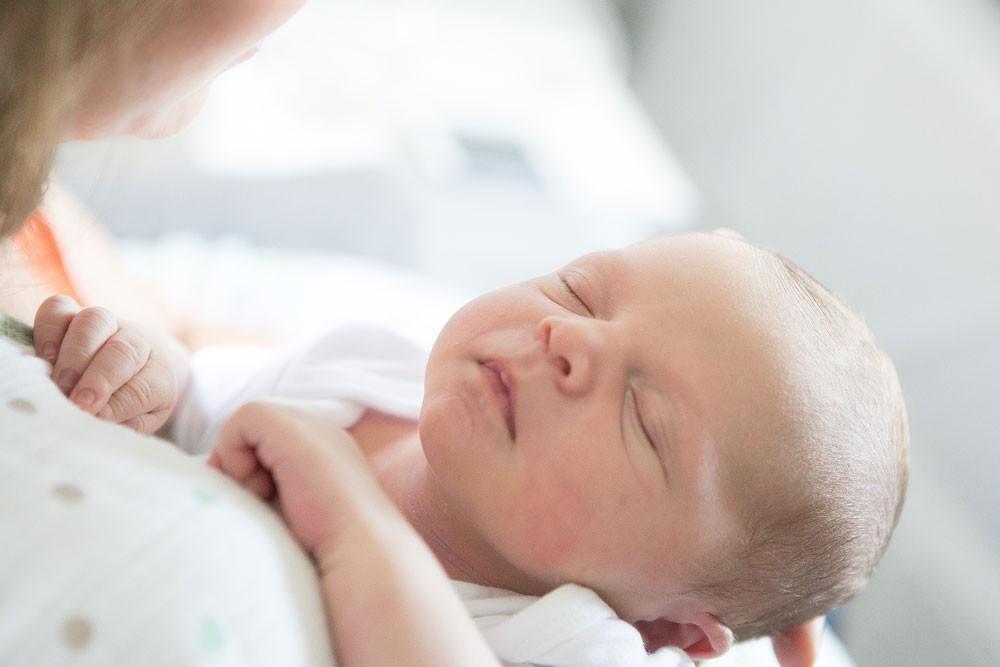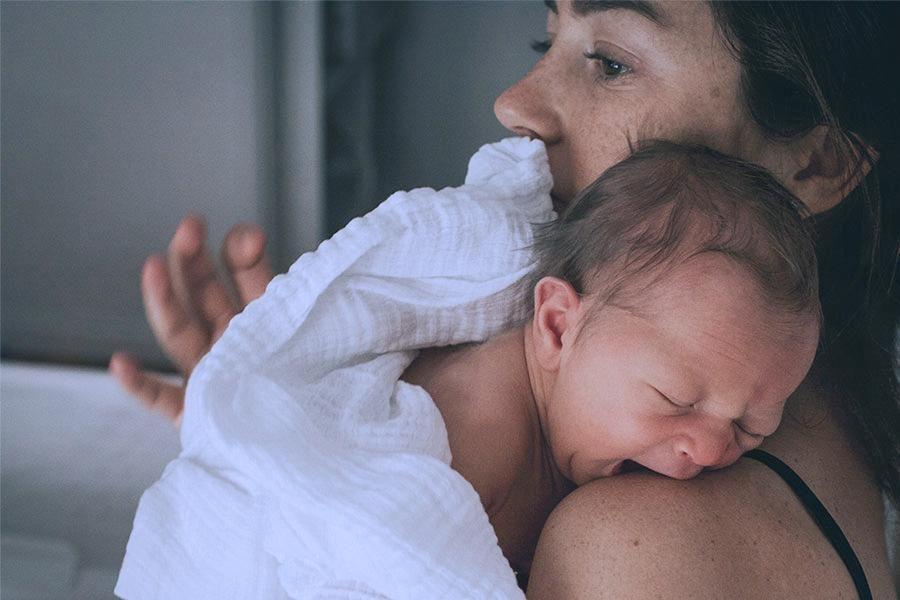For the nine months that your little one is swimming around inside of you, the umbilical cord is your baby’s lifeline, delivering a constant supply of nutrients and oxygen from your body. Towards the end of your pregnancy, the umbilical cord even delivers a broad supply of your protective antibodies, to shield your newborn from infection for the first three to four months of life. That is one incredible cord!
What is delayed cord clamping?
Moments after the delivery, your healthcare provider or midwife will clamp the umbilical cord. It is clamped in two places—one about five centimetres from the baby’s tummy and another closer to the placenta. Next, they will cut it or invite your partner to do it. (The cord is surprisingly strong and takes a pretty good clip to cut through it!)
The clamping ensures that the baby will not have any blood dripping out through the large umbilical blood vessels when the cord is cut. If you are wincing in sympathy as you read this, do not worry—the cord is kind of like your hair…it has no nerves and does not hurt the baby when cut!
It used to be common practice to clamp and then rush to cut the umbilical cord within 10 to 15 seconds after birth. But new research has shown that there are benefits to waiting. In recent years, we have discovered that it is actually better for babies if the healthcare provider or midwife waits a bit before clamping the cord (30 seconds to a couple of minutes).
What is the purpose of delayed cord clamping?
It turns out that the old saying about good things coming to those who wait…is true when it comes to cord clamping, too!
Waiting just a little bit before clamping the umbilical cord can provide your baby some amazing benefits. When we delay clamping, babies receive 2 to 3 ounces (60 to 90 milliliters) of extra blood. That boosts a baby’s oxygen, and each extra red blood cell is chock full of extra iron, which lowers the baby’s risk of anemia…and helps support brain development.
By the way, doctors used to suggest the baby be held lower than the mum’s uterus while waiting for the cord to be clamped, to allow gravity to assist in the blood flow into the baby. But a study of 391 babies showed that the baby gets just as much extra blood when placed immediately in the mum’s arms as they get when held down by the vagina.
Delayed cord clamping benefits both full-term and premature babies. And there is growing evidence that these benefits may even improve fine motor ability and social skills many years after birth!
What happens if the umbilical cord is not clamped?
Cutting the cord without clamping would put the baby in danger of bleeding out—that is why the cord is always clamped before cutting. However, one very uncommon situation where the cord is not and the parents allow the cord to stay attached to the placenta—after it has been delivered, the so-called 'after birth'—and the cord naturally breaks off in five to 10 days. This is called a Lotus birth. Lotus births have not been thoroughly studied and there is a serious concern of infection as the decomposing placenta stays attached to the baby’s very vulnerable body during that first week. And besides, all the necessary blood travels from placenta to baby within the first few minutes after birth, so keeping attached longer is not likely to give babies an extra edge…and makes it much trickier to rock and cuddle your baby.
When is delayed cord clamping unsafe?
There are a few unusual situations in which delayed cord clamping may not be safe and immediate cord clamping should proceed. These instances include maternal hemorrhaging, problems with the placenta, or a baby not breathing that needs to be resuscitated. In these cases, it may be possible to quickly 'strip' or 'milk' the umbilical cord, squeezing extra blood into the baby rapidly so that the baby still benefits.
How long should you wait to clamp the cord?
The National Institute for Health and Care Excellence (NICE) recommends delaying cord clamping until at least 60 seconds after birth, but before five minutes. The World Health Organisation (WHO) issued guidelines stating that 'Delayed umbilical cord clamping (not earlier than a minute after birth) is recommended for improved maternal and infant health and nutrition outcomes.'
How long to wait may depend on other factors, such as whether you are interested in cord blood banking. Since delaying umbilical cord clamping will reduce the supply of blood available for cord blood banking, you should talk to your provider about the best way to do both.
The good news is, healthcare providers know how to multitask so that early newborn care (such as drying the baby and keeping them warm through skin-to-skin contact on Mum’s body) can proceed even while the baby is still attached. So, even if you delay cord clamping, you do not have to wait for those first precious newborn snuggles!








